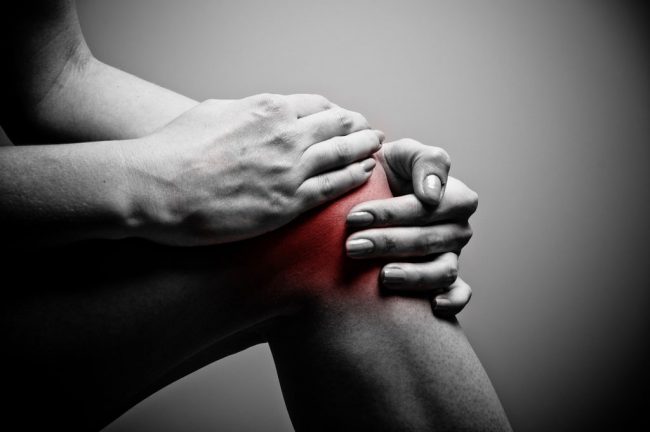In a sport like cycling, the knee exercises almost the same movements for the entire duration of the exit. Often happens that once you get off your bicycle, there is an intense joint pain that may prevent you from walking in the next few hours.
When you pedal your knee doesn’t just make a parallel movement to the bike, but works in the three dimensions by making a sort of “8”. If this movement isn’t carried out optimally it can cause inflammation or pain.
In particular, in case of cycling we have:
- the runner syndrome – inflammation of the thigh muscles
- the bursitis – inflammation of the joint
- tendinitis – inflammation of the articular tendons
- meniscopatia – inflammation of the meniscus
- cystitis – excess fluid formation in the back of the knee
The causes of triggering of these pathologies are different and may also be influenced by external factors. The problem may be due to causes not related to sports activity (generic predisposition, natural anatomical imbalances, previous injuries) or from:
- errors in bike regulation – it’s necessary to refer mainly to the height and the regression of the saddle, the length of the crank, the position and parallelism of the cleats.
- mistakes in training management – before facing new paths or lengthening your daily routine, there is a need of adaptation period.
- underestimated muscular flexibility – cyclist’s muscles must be able to resist to the effort as they face stretching caused by the pedal movement. It’s important to keep training the leg muscles with free body exercises.
If the knee hurts after a long bike ride, it may be sufficient to apply ice or massage the joint with natural anti-inflammatory ointments. It can also help keep your legs rested.
However, if pain persists, contact a specialist.
